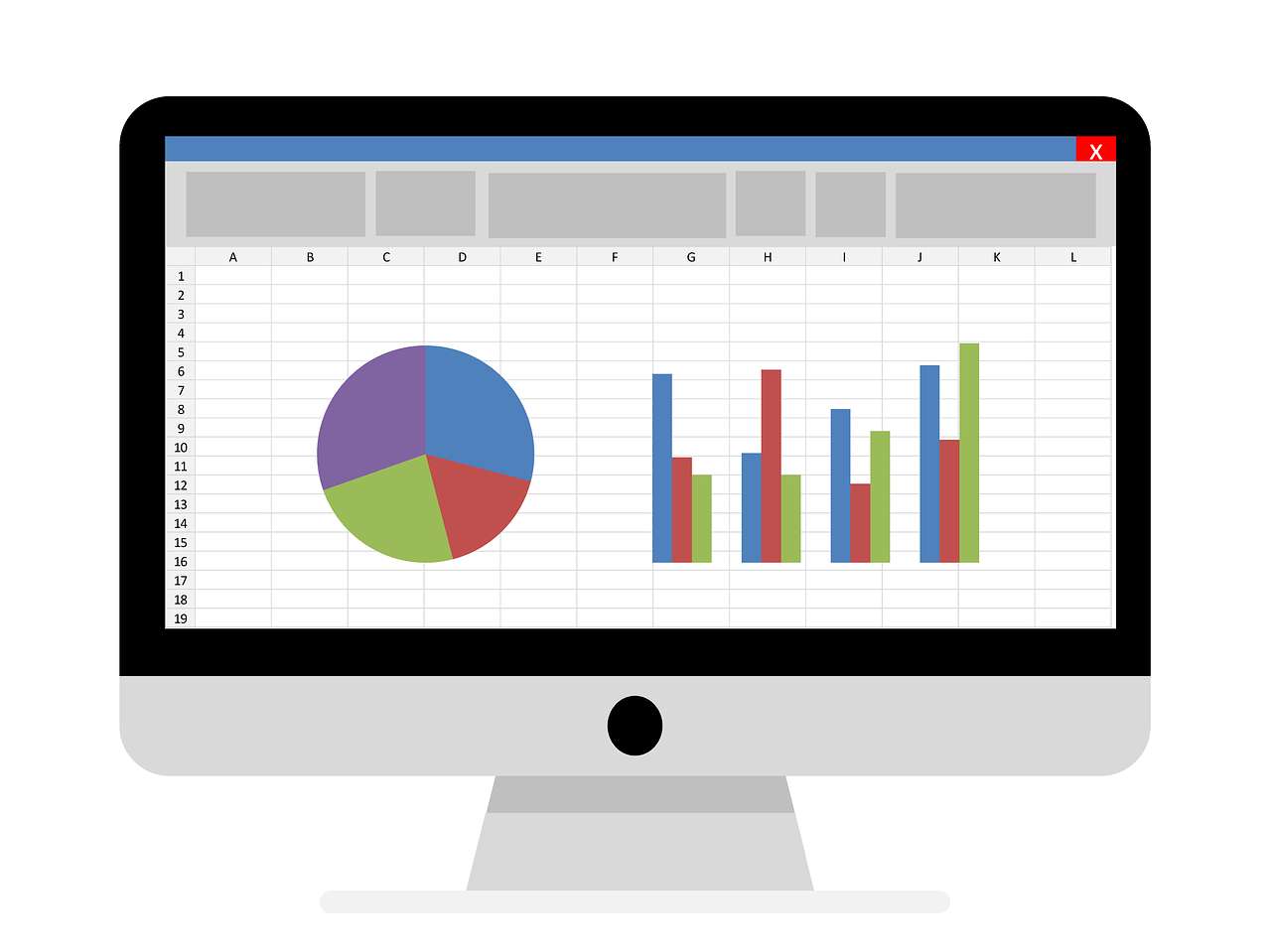Embark on a journey of knowledge! Take the quiz and earn valuable credits.
Take A QuizChallenge yourself and boost your learning! Start the quiz now to earn credits.
Take A QuizUnlock your potential! Begin the quiz, answer questions, and accumulate credits along the way.
Take A QuizChapters
Apache Kafka Tutorial: An Introduction to Distributed Messaging Systems

Overview
Apache Kafka is a distributed messaging system that is widely used for real-time data processing and stream processing. In this tutorial, we'll introduce you to the basics of Apache Kafka and show you how to use it to build scalable, fault-tolerant, and high-performance messaging applications. We'll cover topics such as Kafka architecture, producers and consumers, brokers and clusters, and advanced configurations. By the end of this tutorial, you'll have a solid understanding of how Apache Kafka works and how it can help you process real-time data more efficiently. Whether you're a software engineer, a data analyst, or a system administrator, this tutorial is for you. So if you're ready to learn more about Apache Kafka and take your distributed messaging skills to the next level, read on! Frequently Asked Questions What is Apache Kafka? Apache Kafka is a distributed messaging system that is designed for high-throughput, fault-tolerant, and real-time data processing. It is widely used for building scalable and reliable messaging applications. What are some use cases for Apache Kafka? Apache Kafka is commonly used for log aggregation, stream processing, event-driven architectures, and real-time data processing. It can also be used for messaging, queuing, and pub/sub systems. What is a Kafka broker? A Kafka broker is a server that is responsible for handling read and write requests from Kafka producers and consumers. A Kafka cluster consists of one or more brokers that work together to manage the state of the Kafka topics and partitions. What are some advanced configurations in Apache Kafka? Some advanced configurations in Apache Kafka include configuring replication, setting up security, tuning performance, and configuring Kafka Connect for data integration with external systems.
Start TutorialPosted on 07 Sep 2024, this text provides information on Apache Kafka. Please note that while accuracy is prioritized, the data presented might not be entirely correct or up-to-date. This information is offered for general knowledge and informational purposes only, and should not be considered as a substitute for professional advice.
Geeta parmar 9 months ago
Nice Information about shared.Jaadav Payeng 10 months ago
hiiSimilar Tutorials

Advanced Excel Charts Tutorial: How to Create Prof...
Learn how to create professional charts in Excel with our advanced Excel charts tutorial. We'll show...

Advanced Excel Functions: Tips and Tricks for Boos...
Are you tired of spending hours working on Excel spreadsheets, only to find yourself stuck on a prob...

Apache Flume Tutorial: An Introduction to Log Coll...
Apache Flume is a powerful tool for collecting, aggregating, and moving large amounts of log data fr...
Explore Other Libraries
Related Searches
Please allow ads on our site
Please log in to access this content. You will be redirected to the login page shortly.
Login
Join Our Community Today
Ready to take your education and career to the next level? Register today and join our growing community of learners and professionals.

Your experience on this site will be improved by allowing cookies. Read Cookie Policy
Your experience on this site will be improved by allowing cookies. Read Cookie Policy


Comments(2)